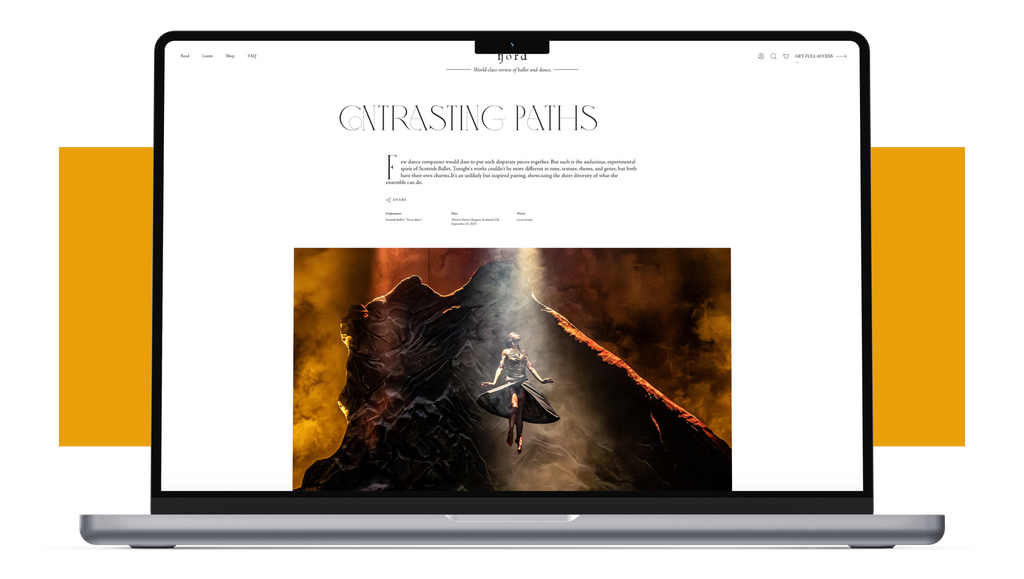Pioneering Women
My first exposure to “Appalachian Spring” was the music—a sixth grade fieldtrip to the Denver Symphony Orchestra—long before I heard about Martha Graham.
Continua a leggere
World-class review of ballet and dance.
It was a lovefest at the David H. Koch Theater last Thursday for the Youth America Grand Prix's 25th Anniversary Gala performance. As galas go, the night was awash in pageantry. Patrons and post-show dinner attendees arrived at Lincoln Center in glamorous attire. Between performers, there were filmed messages from notable past winners on how YAGP has changed their lives, speeches from movie actors (Richard Kind came with Dad jokes and carried a gracious applause for the ballet parents), and much mention and praise for Larissa Savaliev, YAGP's visionary founder and artistic director.
Performance
Place
Words



“Uncommonly intelligent, substantial coverage.”
Already a paid subscriber? Login

My first exposure to “Appalachian Spring” was the music—a sixth grade fieldtrip to the Denver Symphony Orchestra—long before I heard about Martha Graham.
Continua a leggereAn enduring image from Jody Oberfelder’s new site-specific dance “And Then, Now,” is of the lithe, 70-year-old choreographer perched up on a tall hill at Green-Wood Cemetery in Brooklyn, framed by enormous trees and an expansive blue sky.
FREE ARTICLEJukebox musicals tend to come in two packages. The first centers a celebrity musician or musical group and uses the subject's body of work to tell a biographical narrative (“Carole King,” “The Temptations,” “The Four Seasons”).
FREE ARTICLEI may never know what it is like to be an octopus, but I can begin to imagine what it might be like if I was an octopus.[1] Equally, I may never know what it is like to be a dancer, and someone who communicates with their body, but, thanks to a special in-house showing of Prue Lang’s work-in-progress, “Poesis,” as part of her Australian Ballet’s residency program,[2] I can imagine what it might be like if I were. And so it was, that I found myself once more, in the late afternoon, in the van Praagh studio, of the Primrose...
FREE ARTICLE
comments